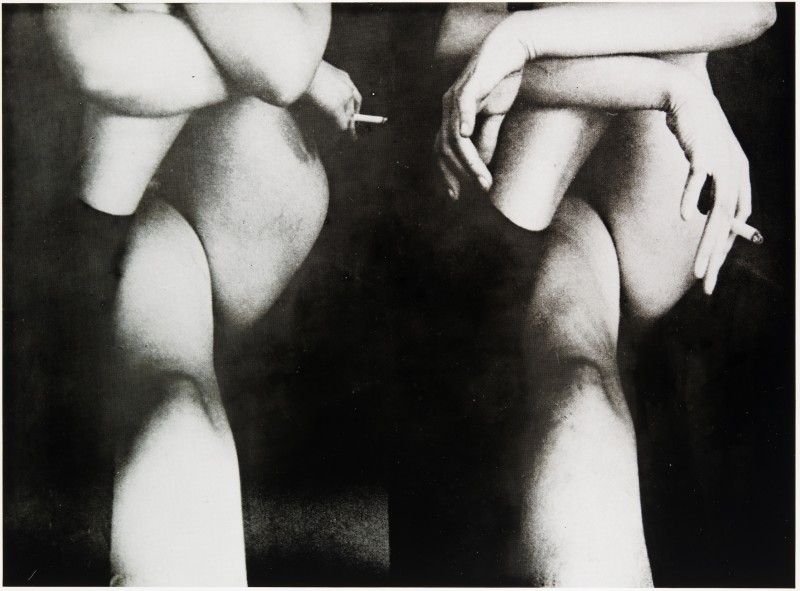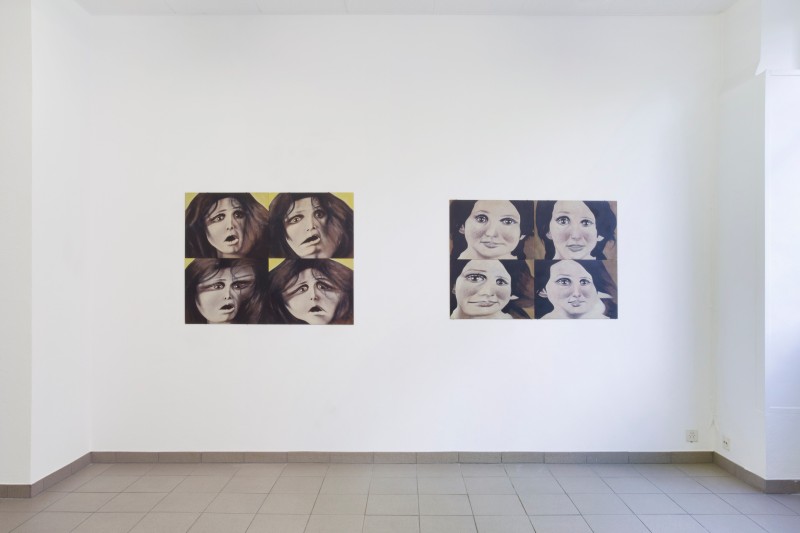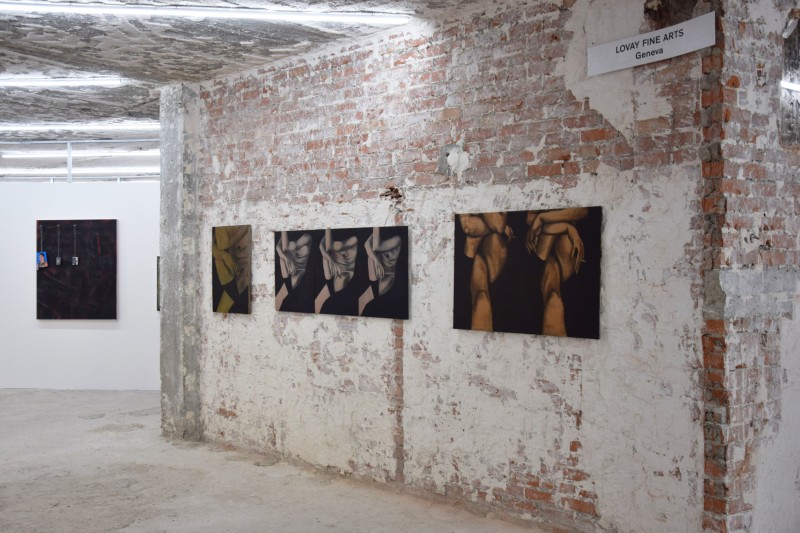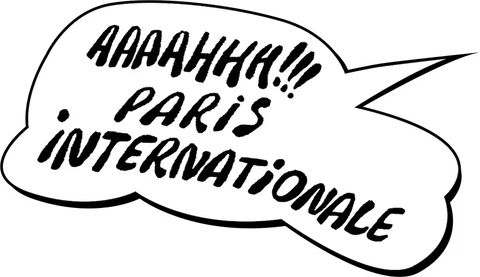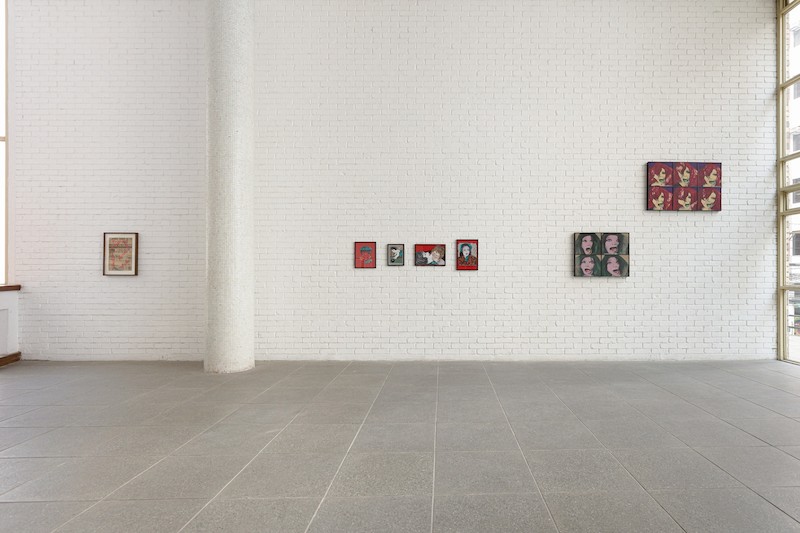Gretta Sarfaty
*1947, Athenes, GR. Lives in São Paulo, BR
Since the early 1970s, Gretta Sarfaty has been questioning and undermining stereotypical representations of women. Her work is born from an investigative practice of photographic self-portraiture and performance that criticizes the cultural and technological reproduction of the female image.
In the 1960’s and 70’s, female artists began to break down the hegemonic male gaze more visibly by taking over the representation of the female body through their own perspective. Sarfaty choose the strategy of creating fictional characters through self portraiture. A practice she called Auto-Photos. In front of her camera, Gretta Sarfaty is disguised and mimicks various clichés of women types. Not only she criticizes the cultural construction of women representation, she also proclaims herself as an autonomous artist.
Subsequently, the artist’s two most important series are A Woman’s Diary (1976-1977) and Transformations (1974-1977). In the first one she lets her body form almost abstract signs, organized in sequence, while in the second she focuses on distorting her facial features. In both cases, she deconstructs her body parts, transforming and editing them by transfer and repetition.
In 1979, she was one of the few women participating at a formative performance festival at Centre Georges Pompidou in Paris. The Journées interdisciplinaires sur l’art corporel et performances included Dan Graham, Lea Lubin and VALIE EXPORT among 30 other artists.

